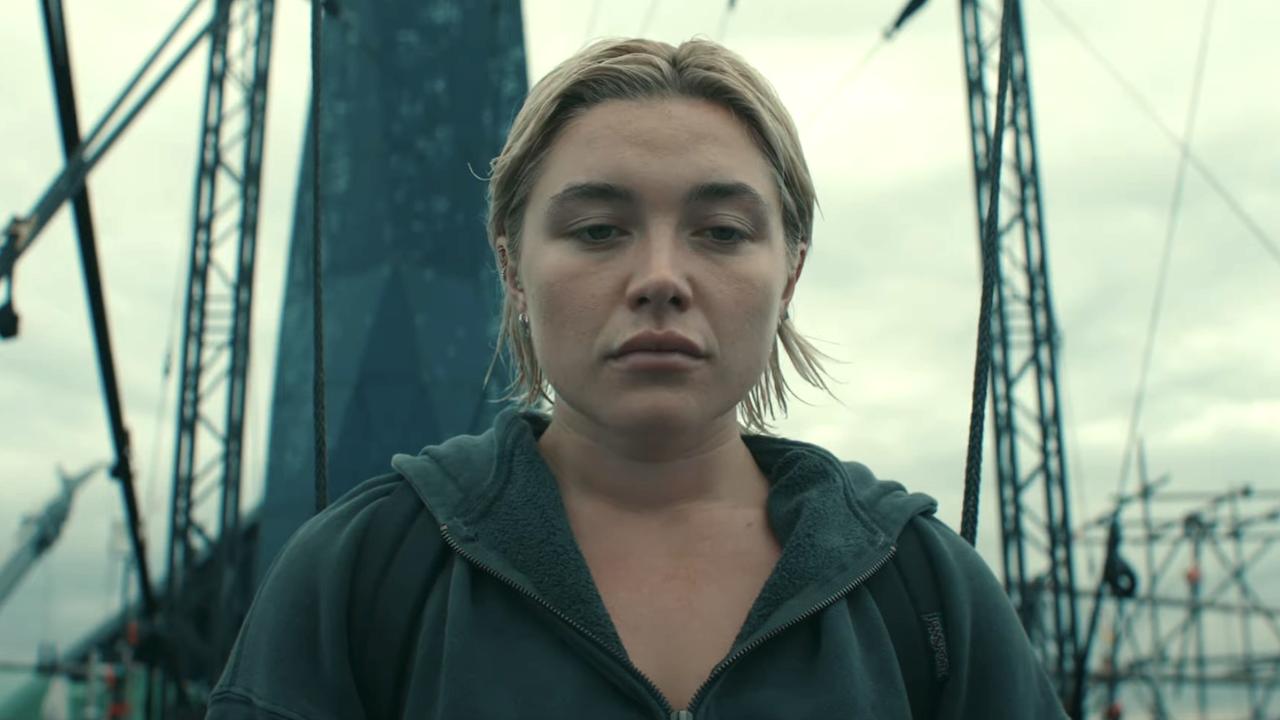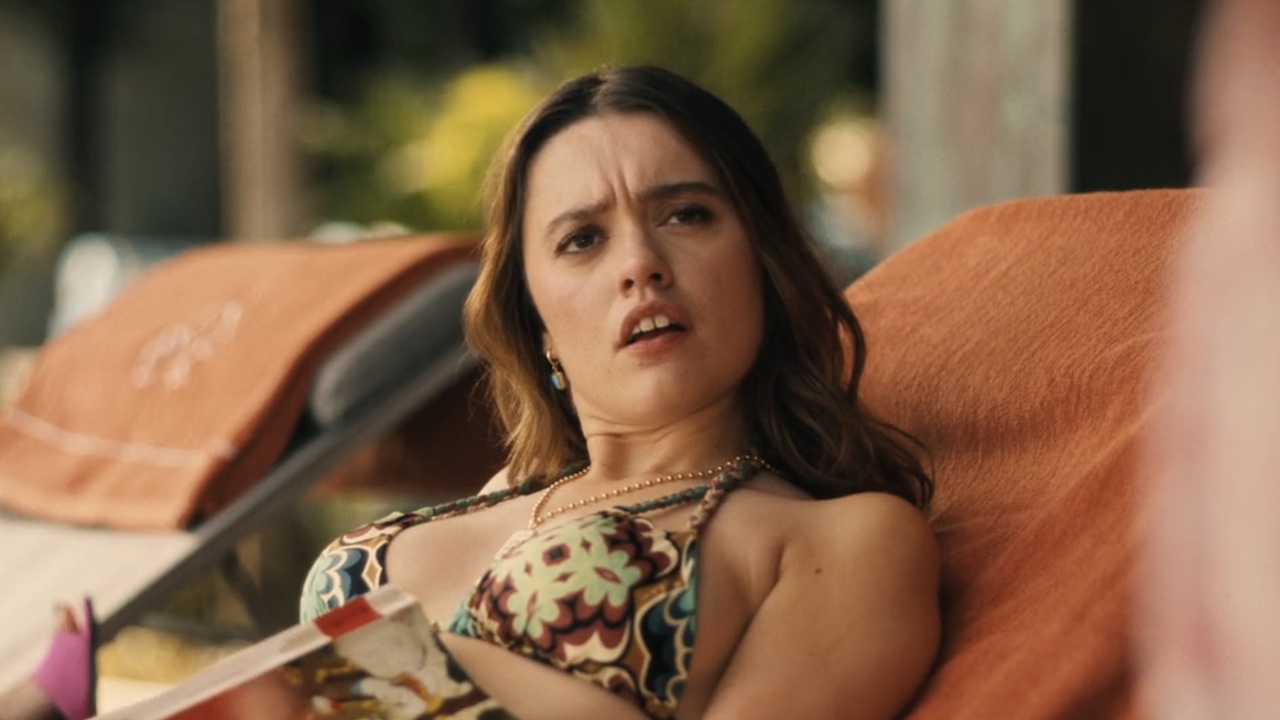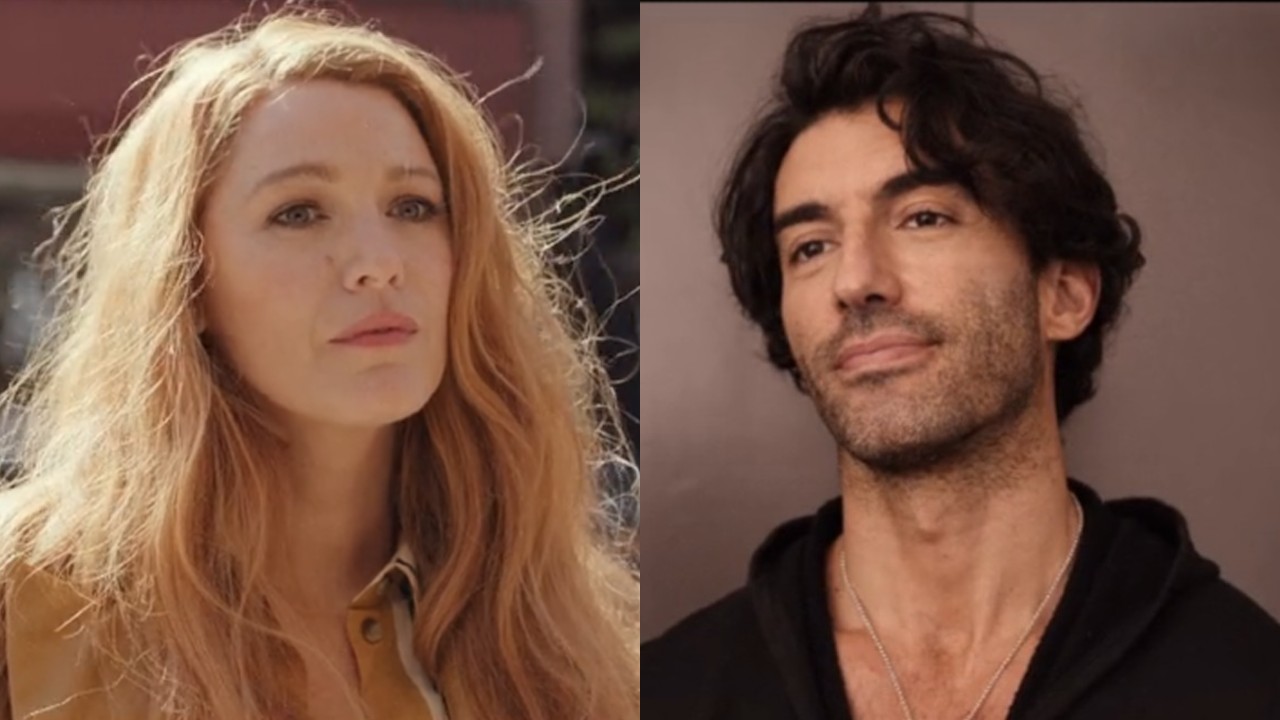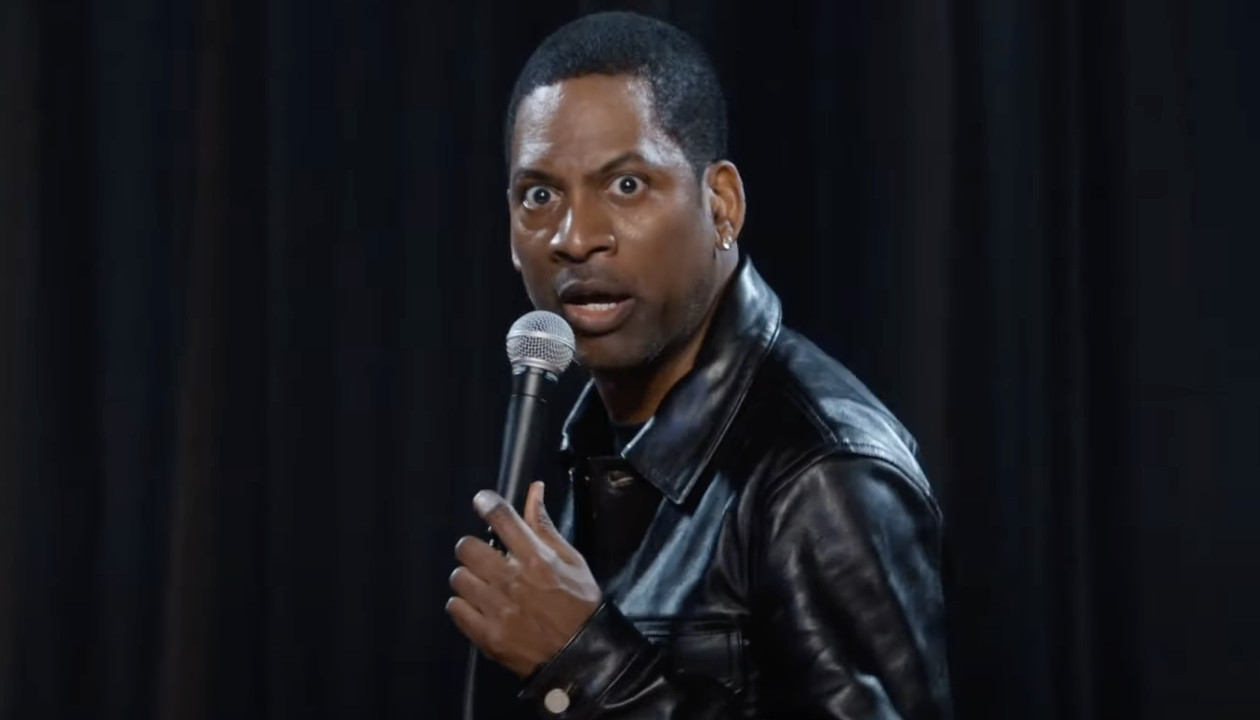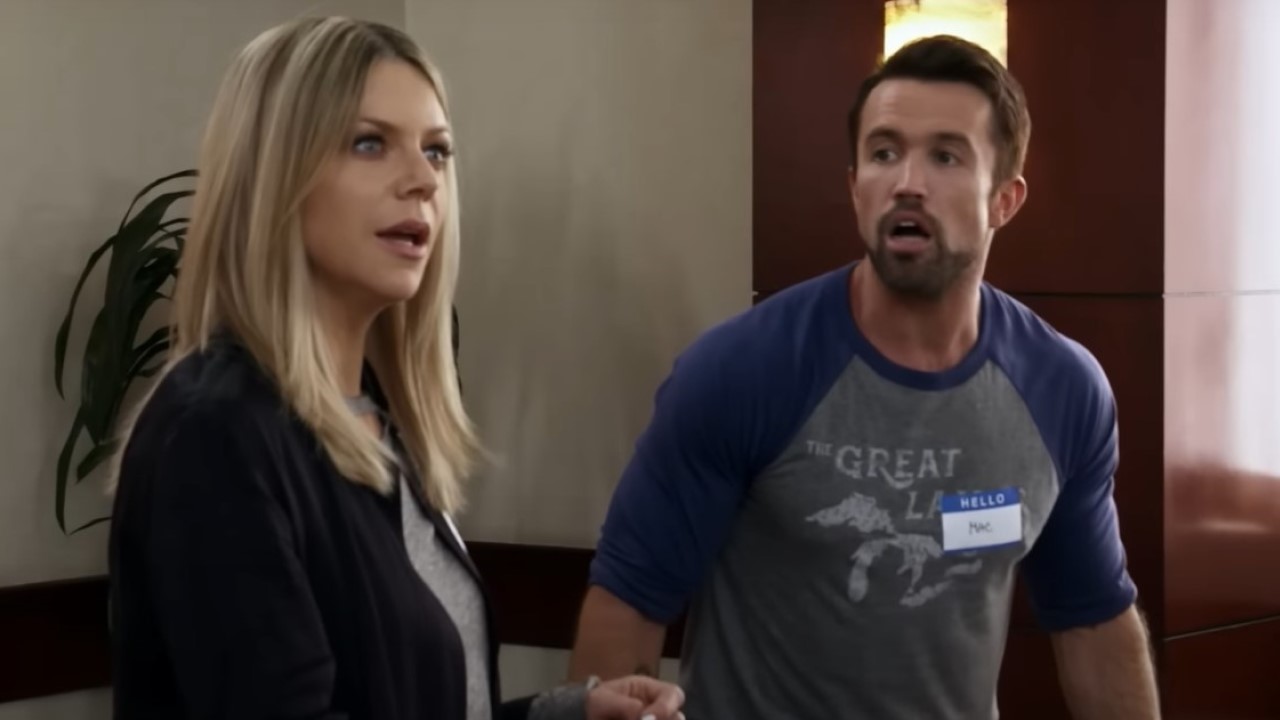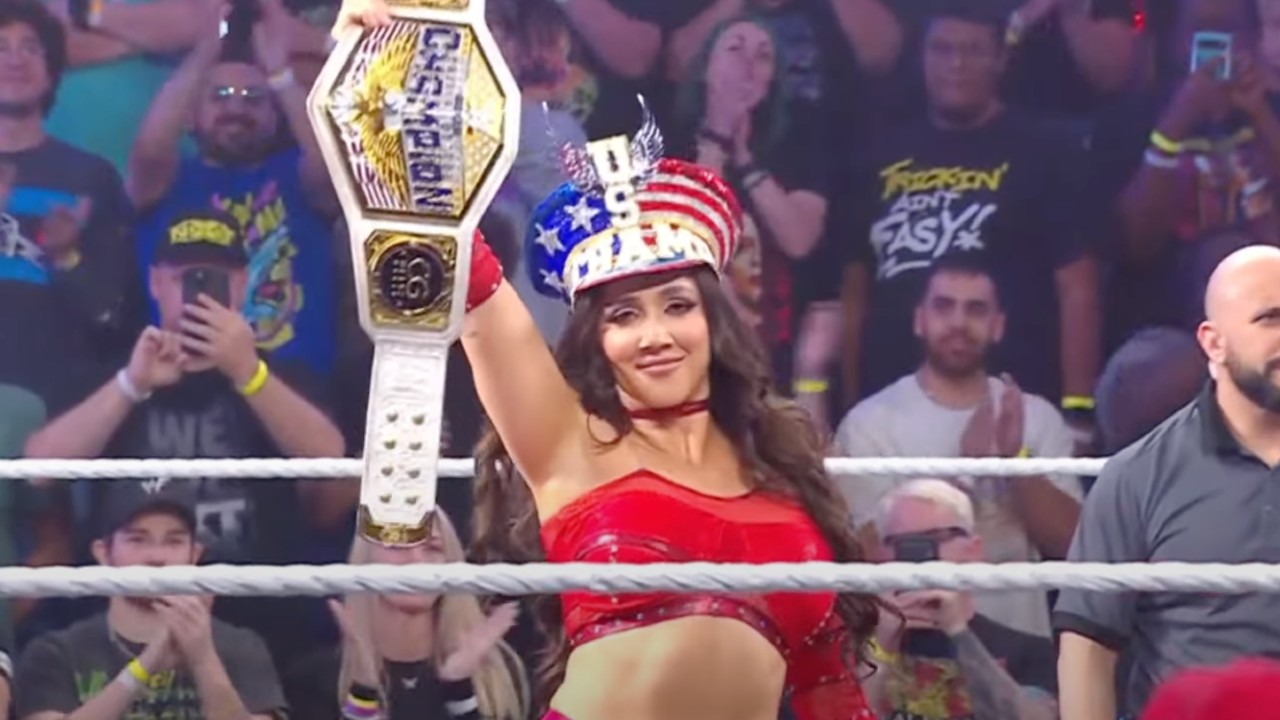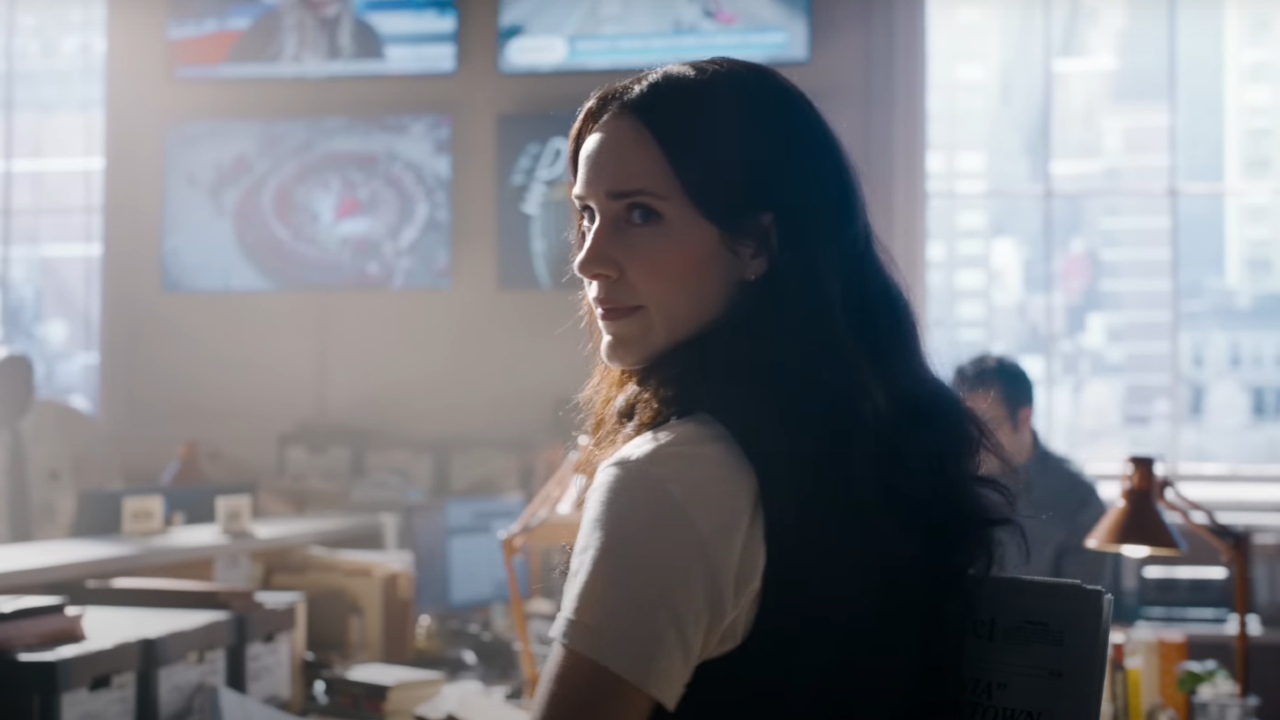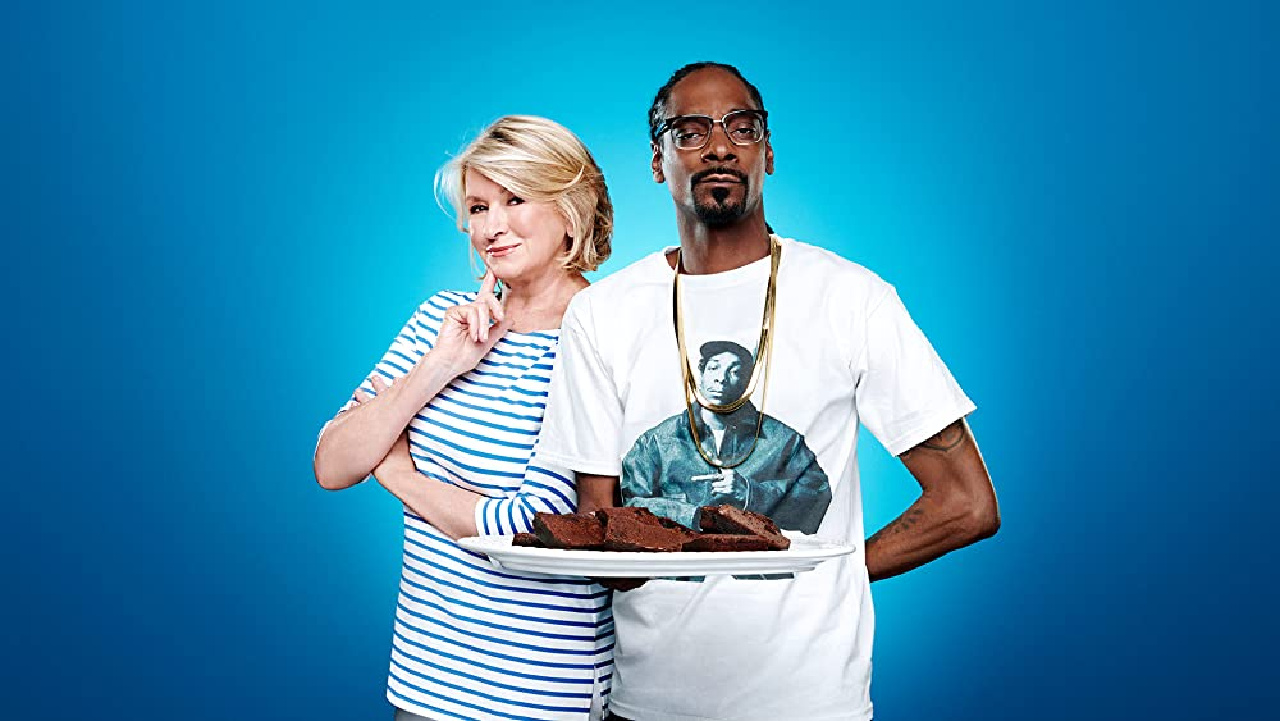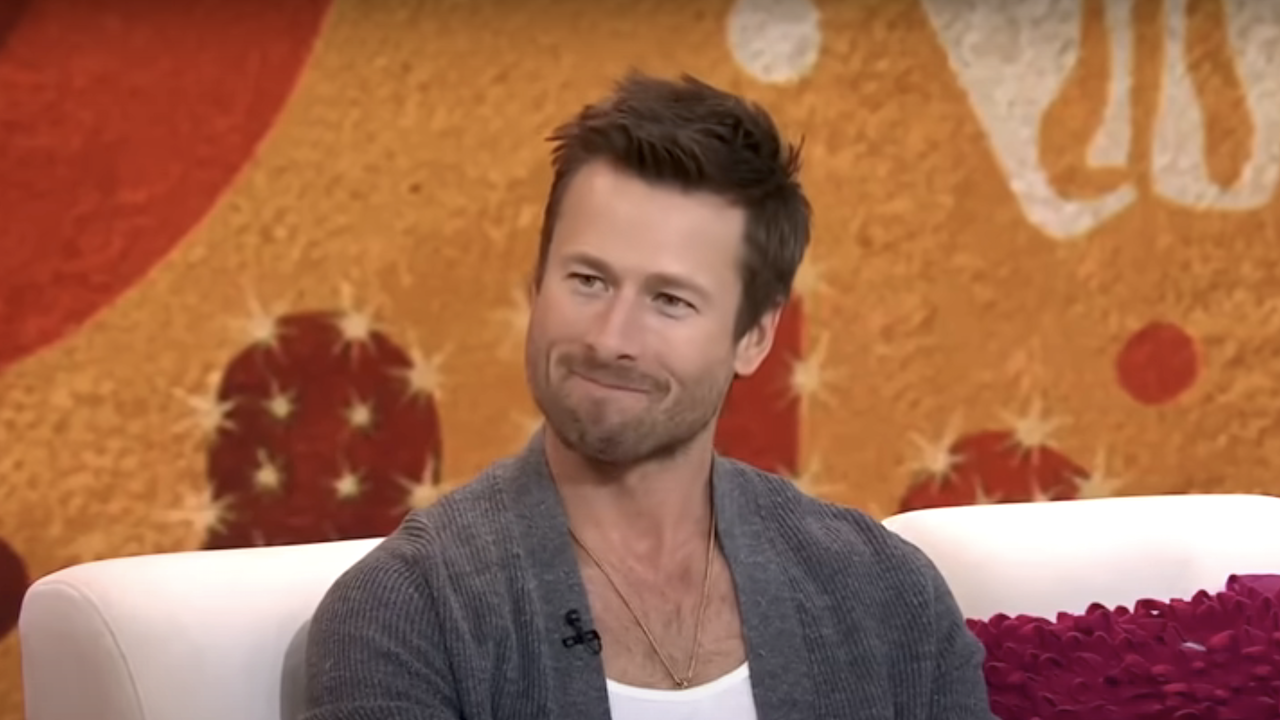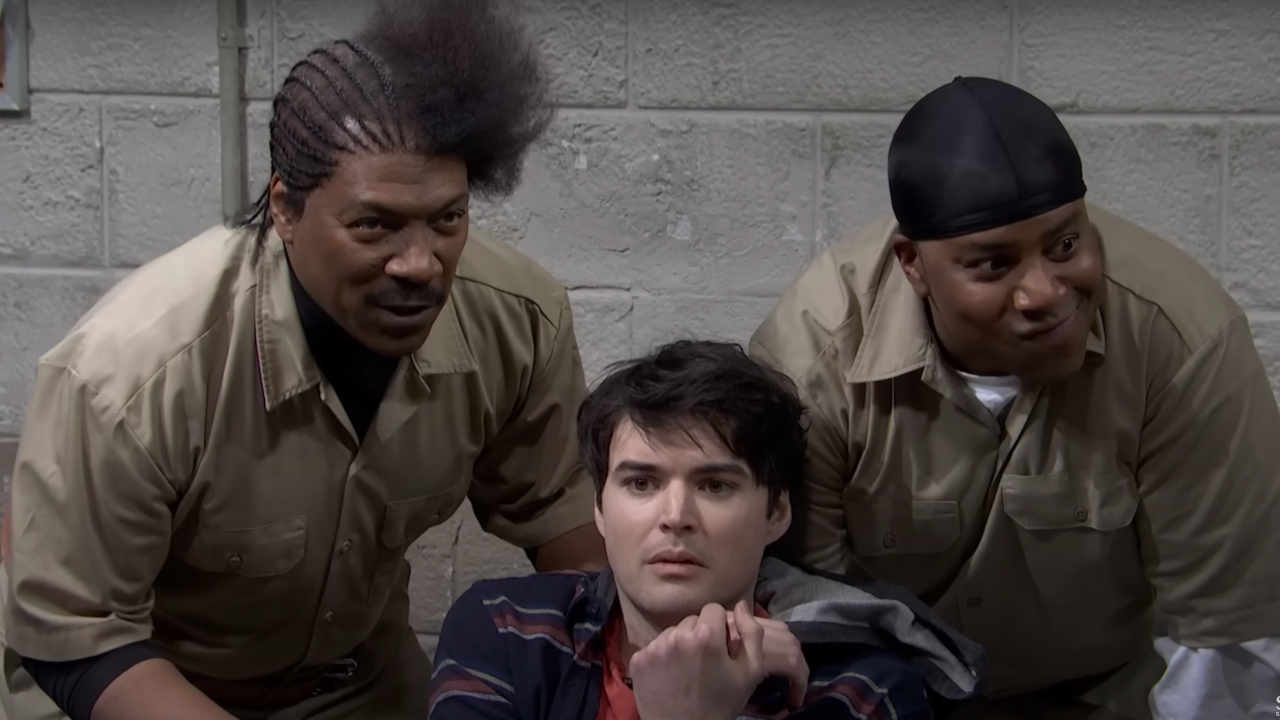5 Mistakes Made By The Cloverfield Paradox
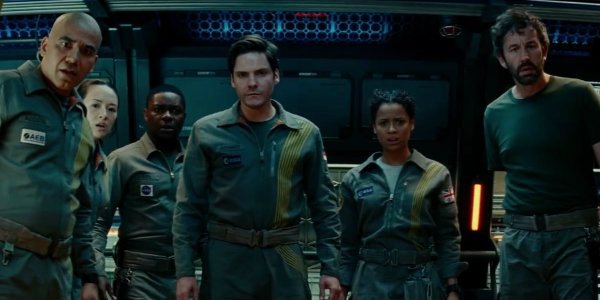
Over the course of the last decade, the Cloverfield franchise has stood out as one of Hollywood's most mysterious entities. A revolutionary experiment in movie marketing ever since the release of the first film back in 2008, Cloverfield has reinvented itself every time it has returned. That idea was taken to the next level this weekend with the surprise release of The Cloverfield Paradox, but while there was a lot of excitement going into the film's Netflix premiere, the final product left a lot to be desired.
On that note, we're going to take this time to talk about the specific mistakes that The Cloverfield Paradox made in the construction of its story. Considering the film's less-than-stellar 21% Rotten rating on Rotten Tomatoes, the hope here is that the Cloverfield brand can learn from these issues and evolve in a way that will get fans excited about a fourth installment. With that in mind, let's dive in and kick things off with a discussion of The Cloverfield Paradox's lack of internal logic.
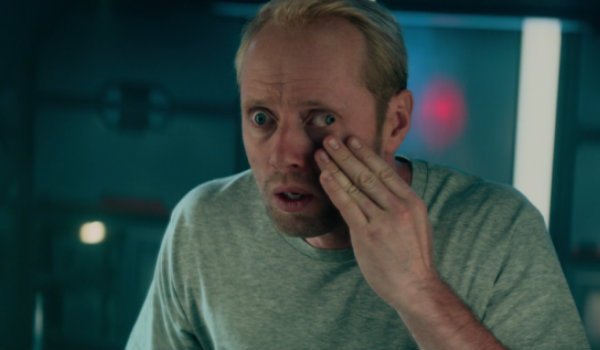
It Didn't Explain The Things That Needed To Be Explained
Right off the bat, we need to address the fact that some absolutely bonkers stuff goes down in The Cloverfield Paradox once the crew aboard the space station manages to fire the particle accelerator successfully. Between a member of the team hallucinating voices in his head, to the walls quite literally eating Mundy's arm, to that same arm becoming sentient and helping the crew locate a piece of navigational equipment, The Cloverfield Paradox keeps things weird. That's fine, but the problem is that there's little to no internal logic for why much of this happens, and the film has no interest in explaining why a severed arm would have the ability to provide exposition and move the story along. Audiences can stomach some pretty bizarre happenings in a movie, but everything needs to be established with a set of rules to work properly. This film doesn't do that.
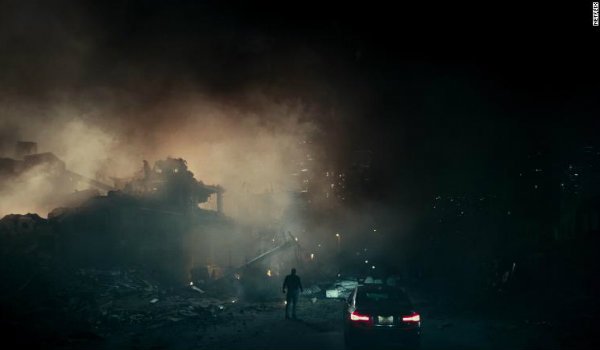
It Explained Things That Worked Better As Mysteries
On the other hand, the areas of the Cloverfield universe that were explained by The Cloverfield Paradox were things that would've worked better if the film had opted to keep them mysteries. Between Cloverfield and 10 Cloverfield Lane, most audiences had come to a consensus that the Cloverfield universe operated based on multiverse rules. However, The Cloverfield Paradox takes things one step further to explain that the firing of the Shepard accelerator specifically caused the rift in space and time that brought the monsters to earth in the first place. That's a level of explanation almost as bad as the introduction of midichlorians to the Star Wars franchise in The Phantom Menace, and it ruins a lot of what made the Cloverfield world cool in the first place. Now we know why this world exists, and it's far less appealing.
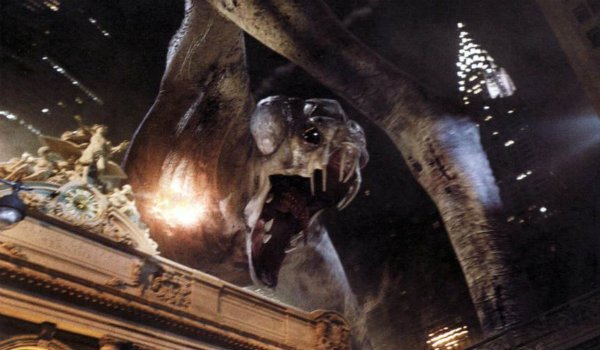
It Tied The Movies Together
If there is one specific thing that has thus far tied the Cloverfield movies together, it's the fact that the movies haven't really been tied together. Cloverfield was a monster movie set in New York City, while 10 Cloverfield Lane was a self-contained thriller with an alien invasion twist. However, The Cloverfield Paradox upends that idea by ending with an obvious shot of a monster that looks nearly identical to (albeit considerably larger than) the beast seen in the very first movie. The implication here seems to be that The Cloverfield Paradox story explains how the events of the first film came about, but that only raises more questions and inconsistencies about this universe. Is that the same monster from the first movie? Did the attack in 2008 get retconned out of existence? What about the aliens from 10 Cloverfield Lane?
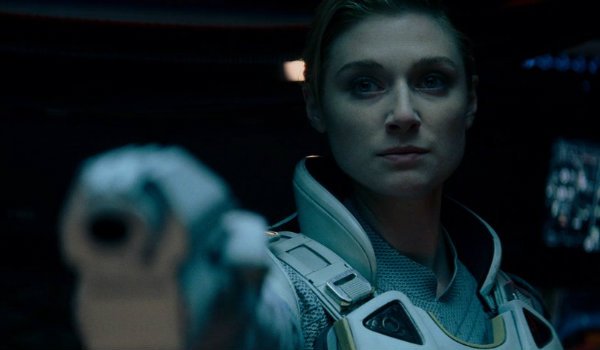
It Wasted The Cast
There's a strong case to be made that The Cloverfield Paradox actually has the most impressive cast in the entire franchise when we take its size, diversity, and sheer talent into consideration. Alas, most of the performers are utterly wasted by the script's lack of focus on any one character. Gugu Mbatha-Raw definitely gets the most to do as Hamilton, but similarly-talented performers like Guardians of the Galaxy Vol. 2's Elizabeth Debicki and Selma's David Oyelowo ultimately find themselves with criminally little to do. Balancing an ensemble of this size is a challenging task that many films often fail to accomplish, but when we look at the sheer acting pedigree seen in The Cloverfield Paradox, it's hard not to think about how many of these performers could have been given so much more to do with the material.
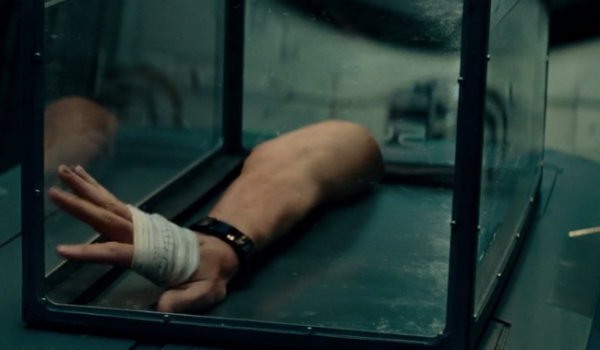
It Didn't Take Enough Chances
Weirdly enough, despite all of the absolutely insane science fiction premises and concepts that are on display in The Cloverfield Paradox, the fact of the matter is that it does not take nearly enough chances with its story or its subject matter. There's so much potential for outlandish storytelling on this space station, and while the film occasionally approaches these ideas, it unfailingly falls back on clichés and tropes that we have seen in other (better) science fiction movies like Gravity or Sunshine. Even with its emphasis on inter-dimensional travel and advanced science that's beyond our current comprehension, most of the set pieces ultimately boil down to traditional action or slasher movie suspense. Considering how the previous two films in the franchise took serious risks with their respective genres and filmmaking styles, this really feels like a significant step backward for the Cloverfield universe.
CINEMABLEND NEWSLETTER
Your Daily Blend of Entertainment News
This poll is no longer available.
Originally from Connecticut, Conner grew up in San Diego and graduated from Chapman University in 2014. He now lives in Los Angeles working in and around the entertainment industry and can mostly be found binging horror movies and chugging coffee.

